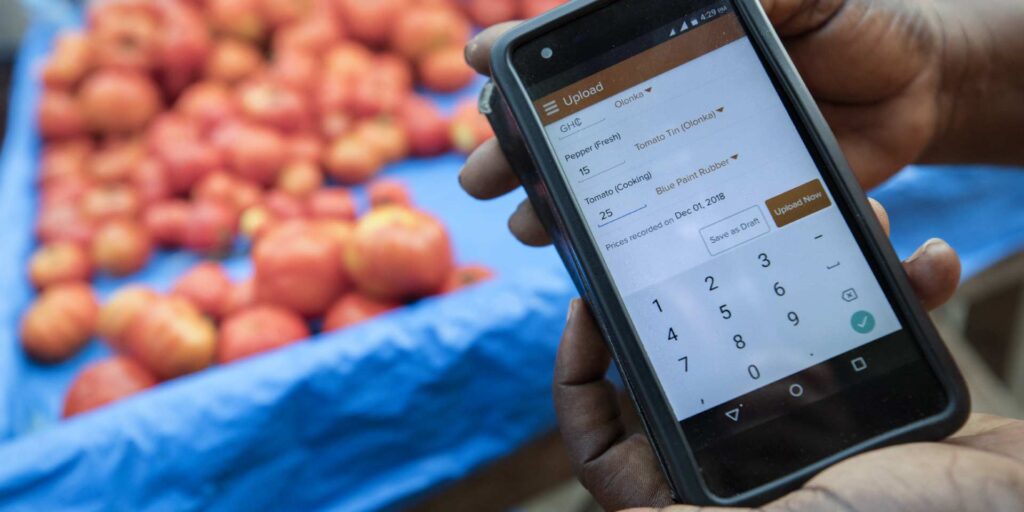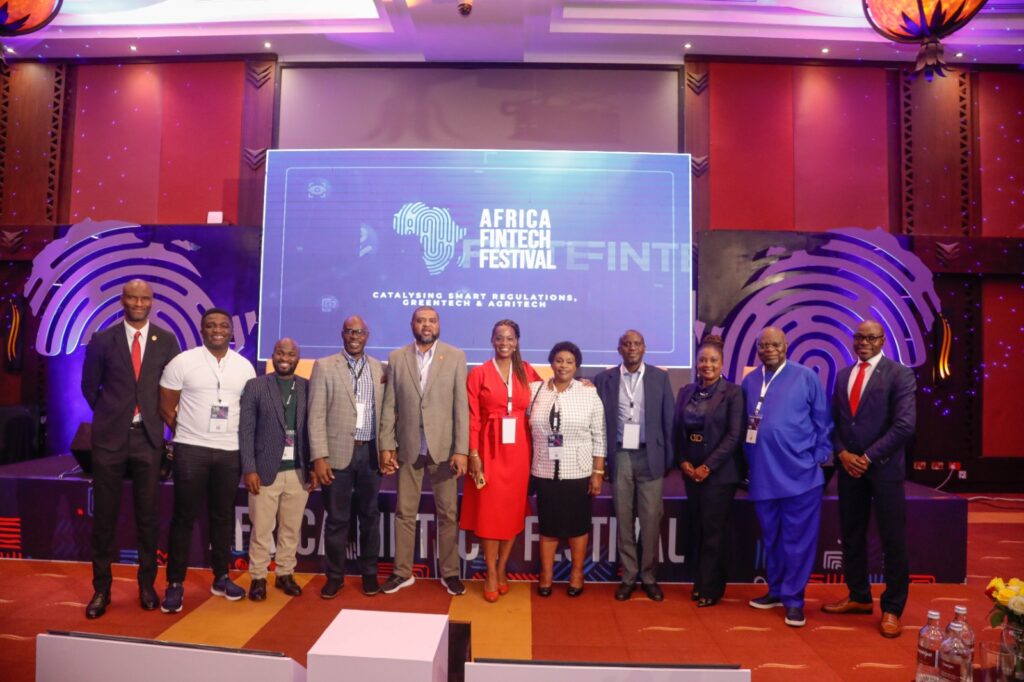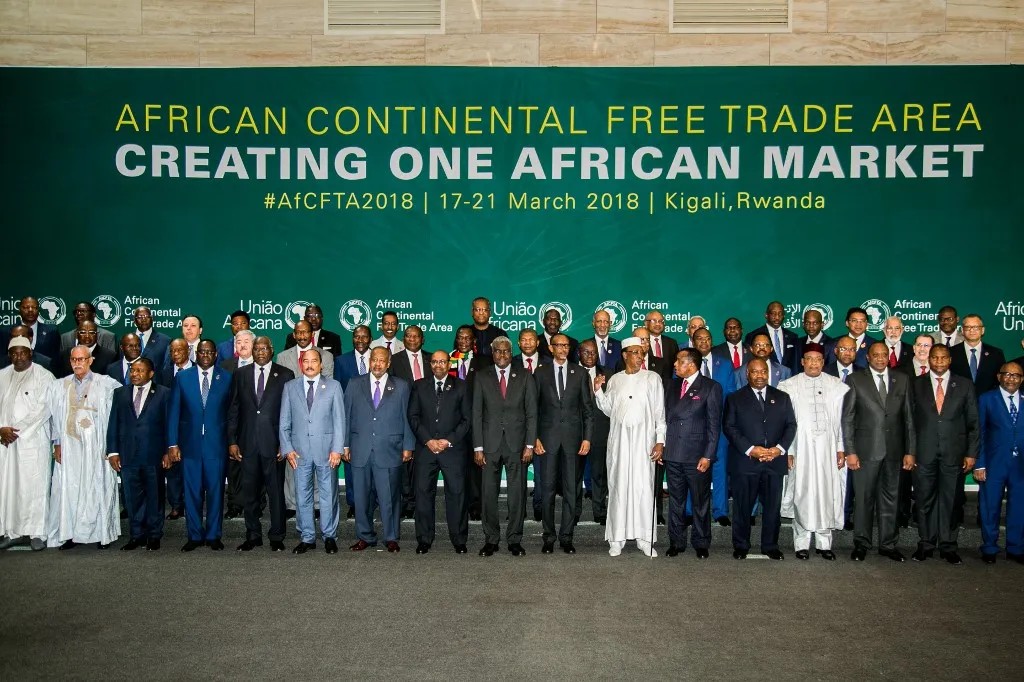At a Glance
- Africa’s fintech startups raised over $4 billion in 2021, led by Nigeria, Kenya, South Africa, and Egypt.
- Mobile-first services like M-Pesa and Flutterwave drive inclusion, supporting small businesses, women, and underserved communities.
- Startups are deploying AI, blockchain, and BNPL tools to expand financial access across fragmented, high-growth markets.
Africa’s fintech sector is experiencing an unprecedented surge, attracting billions in investments and driving transformative changes across the continent. At the heart of this boom is mobile banking, a tool that is revolutionizing financial access in a region historically underserved by traditional banking institutions. `
Africa, with a population exceeding 1.5 billion, presents a unique opportunity for fintech innovation. A large percentage of its people remain unbanked or underbanked, yet mobile phone penetration is remarkably high. This paradox has created fertile ground for mobile banking and digital financial services.

Mobile boom, innovation reshape African finance
Africa’s fintech sector is undergoing a transformation powered by mobile technology and deep investor interest. Over the past five years, startups have attracted billions in funding—over $4 billion in 2021 alone—with fintechs accounting for more than 60%. Nigeria, South Africa, Kenya, and Egypt lead the charge, drawing 76% of all capital inflows.
Global giants like Sequoia Capital, Visa, Mastercard, and SoftBank are fueling this momentum, drawn by the continent’s vast unbanked population and rising demand for digital solutions. With mobile phone penetration surpassing 80% in many countries, mobile phones have become the primary gateway to financial services.

Pioneers such as Kenya’s M-Pesa, Nigeria’s Flutterwave, Chipper Cash, and Senegal’s Wave are reshaping the financial landscape—enabling everything from cross-border payments to ultra-low-cost mobile money services.
Driving inclusion, navigating complexity
Fintech is a powerful tool for inclusion, extending services to rural dwellers, small businesses, and women—groups historically excluded from traditional banking. Products like digital wallets, mobile loans, and contactless payments are boosting access and efficiency for micro and small enterprises, while narrowing gender gaps in financial access.
Governments are increasingly enabling this shift with forward-looking policies, including regulatory sandboxes and open banking frameworks. Still, fragmented regulations, limited cross-border coordination, and growing cybersecurity concerns threaten scalability.

Innovation amid constraints
Despite high mobile penetration, barriers remain. Patchy internet, inconsistent electricity, and rising cyber risks limit reach and reliability. A shortage of skilled local developers also drives reliance on foreign expertise.

Even so, innovation thrives. Startups are deploying blockchain and crypto to simplify remittances and payments—led by players like Yellow Card and Bundle Africa. AI-powered microlending, Buy Now, Pay Later (BNPL), and emerging insurtech and wealthtech solutions are expanding financial access and product variety across the continent.
Africa’s fintech on the global stage
Success stories abound. Flutterwave, valued above $3 billion, operates in over 30 countries, while Paystack’s $200 million acquisition by Stripe signaled global validation. M-Pesa remains a mobile money benchmark, handling transactions equal to 60% of Kenya’s GDP.

Africa’s fintech boom shares traits with other emerging markets, but its mobile-first model and strong public-private synergy make it unique. Rising smartphone adoption, deepening investor interest, and more mature policy environments are accelerating growth.

A continent on the cusp
Looking ahead, fintech could be a key pillar of the African Continental Free Trade Area (AfCFTA), driving cross-border commerce and financial integration. Unlocking this potential will require alignment across governments, private players, and regional bodies.

Africa’s fintech revolution is more than a trend—it’s a structural shift. Backed by mobile technology and growing investment, it is charting a bold, inclusive, and globally relevant financial future.





